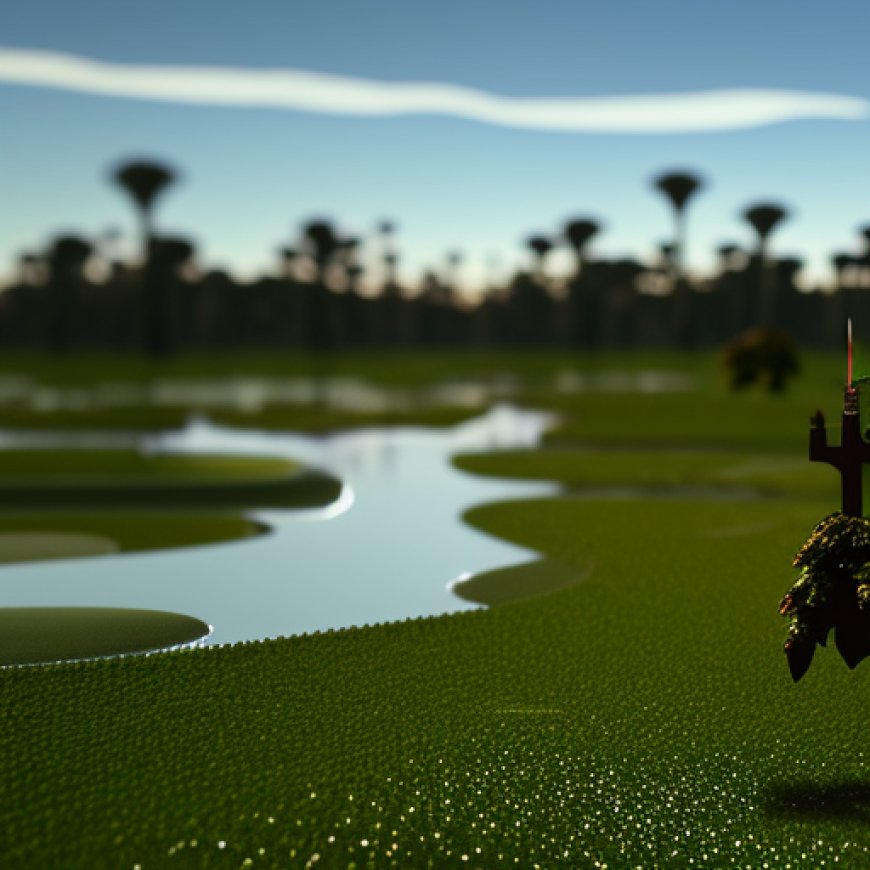CA Assembly Bill 828 Protects Vulnerable Communities’ Drinking Water & California’s Remaining Managed Wetlands
CA Assembly Bill 828 Protects Vulnerable Communities' Drinking Water & California's Remaining Managed Wetlands Audubon California


Sustainable Water Management in California: Protecting Communities and Bird Habitat
Introduction
Across the diverse landscapes of California, reliable access to water is often an existential issue of survival. Sustainable water management is critical to the future of the state, for numerous vulnerable communities, and in the preservation of some of our most endangered bird habitat.
The Sustainable Groundwater Management Act (SGMA)
The Sustainable Groundwater Management Act (SGMA) was enacted to ensure sustainable groundwater supplies for communities, the environment, and other users. However, without proper and additional implementation safeguards, SGMA is on course to deprive small communities of essential water supply and destroy the last remaining wetlands.
California Assembly Bill 828
Audubon California and Clean Water Action are proud to co-sponsor Assembly Bill (AB) 828, authored by California State Assemblymember Damon Connolly, which passed the Assembly on January 29th and heads to the Senate, one step closer to the Governor’s desk.
What is the Sustainable Groundwater Management Act (SGMA) and how does it impact communities and migrating birds?
Nearly 85% of Californians depend, in whole or in part, on groundwater for their public water supply. Small water systems (fewer than 3,300 connections) are also most likely to depend on a single source for their water supply, leaving them acutely vulnerable to drought or over pumping by their neighbors. These small communities also face affordability challenges, as they lack the economies of scale needed to address technical managerial and financial issues related to running a public water system.
Managed wetlands are of special concern because California has lost over 90% of its historic wetlands, resulting in steep population declines of migratory birds on the Pacific Flyway. These declines are projected to worsen due to ongoing habitat loss and climate change. Managed wetlands provide essential habitat for birds and other wildlife, and along with flooded agricultural fields, support 60% of California’s migratory birds. They also offer a host of public benefits including water quality improvement, flood protection, opportunities for scientific research, and recreational and economic opportunities throughout the state.
Under SGMA, high and medium-priority groundwater basins must create Groundwater Sustainability Agencies (GSAs) to locally plan and regulate groundwater to prevent over-drafting and bring their basins into balance.
SGMA requires a GSA to consider the interests of environmental users and small drinking water systems in Groundwater Sustainability Plans (GSPs). However, these plans come up short in several important ways as found in a study of 108 GSPs:
-
Most GSPs did not thoroughly identify managed wetlands and small water systems serving disadvantaged communities, or their water needs.
-
Most GSPs did not analyze impacts from GSA management actions on those users.
-
Several GSPs propose a one-size-fits-all cap on groundwater allocations, cutting supplies for small community water systems and managed wetlands at the same rates as agricultural users.
Conservation in Jeopardy
Ellen Wehr, General Counsel for Grassland Resource Conservation District in Merced County, an area that contains both public wildlife refuges and conservation easements for wildlife habitat, testified in support of the AB 828 in both Assembly Water, Parks, and Wildlife and Assembly Appropriations committees, sharing that, “Overall, we’ve lost 3 billion birds in North America since 1970, due to loss of habitat like wetlands. We will lose even more in the face of climate change and continued habitat loss. We cannot afford to lose any of our remaining wetland acres if we want to stabilize bird populations, maintain biodiversity, and provide recreational opportunities.”
Wehr continued, “Two years ago our district started receiving calls from wetland managers in other basins because groundwater allocations were already cutting off access to water for wetlands, and we expect this problem will grow. Other wetland owners are also receiving bills for thousands of dollars a year. These wetland stewards told us they will not be able to maintain their habitat if SGMA continues to be applied this way. Without swift action, our state will face a rapid and significant loss of wetlands where their protection is most desperately needed.”
Conclusion
If California leaders do not act now, small community water systems and critical managed wetland habitat will run dry. We cannot stand idle as SGMA fails to protect the most vulnerable. Failing to pass AB 828 leaves communities unable to rely on access to safe drinking water and critical habitat in danger of disappearing. As climate change increases weather extremes and groundwater resources continue to dwindle, we must urge our elected leaders to safeguard communities’ access to clean drinking water and ensure decades of public investment in managed wetland habitat is not lost.
Audubon California urges you to contact your state representatives and ask them to support Assembly Bill 828 to ensure the bill is passed into law. In the coming months AB 828 will be heard in the Senate Natural Resources & Water and Senate Appropriations committees before it is transmitted to the Senate Floor. Sign up for Audubon California’s newsletter for updates.
Audubon thanks Assemblymember Damon Connolly
SDGs, Targets, and Indicators
1. Which SDGs are addressed or connected to the issues highlighted in the article?
- SDG 6: Clean Water and Sanitation
- SDG 15: Life on Land
The article discusses the importance of sustainable water management for communities and the preservation of endangered bird habitats, which aligns with SDG 6. Additionally, it highlights the loss of wetlands and the impact on migratory birds, which relates to SDG 15.
2. What specific targets under those SDGs can be identified based on the article’s content?
- SDG 6.4: By 2030, substantially increase water-use efficiency across all sectors and ensure sustainable withdrawals and supply of freshwater to address water scarcity.
- SDG 15.5: Take urgent and significant action to reduce the degradation of natural habitats, halt the loss of biodiversity, and protect and prevent the extinction of threatened species.
The article emphasizes the need for sustainable groundwater management to ensure water supply for communities and protect wetland habitats, which aligns with SDG 6.4. It also highlights the decline of wetlands and the need to preserve them for migratory birds, which relates to SDG 15.5.
3. Are there any indicators mentioned or implied in the article that can be used to measure progress towards the identified targets?
- Indicator for SDG 6.4: Water-use efficiency across sectors
- Indicator for SDG 15.5: Change in wetland acreage and bird populations
The article mentions the need for proper implementation safeguards to ensure sustainable groundwater supplies, which can be measured by assessing water-use efficiency across sectors. Additionally, the article highlights the loss of wetlands and the decline of bird populations, which can serve as indicators for progress towards protecting and preserving wetland habitats.
Table: SDGs, Targets, and Indicators
| SDGs | Targets | Indicators |
|---|---|---|
| SDG 6: Clean Water and Sanitation | 6.4: By 2030, substantially increase water-use efficiency across all sectors and ensure sustainable withdrawals and supply of freshwater to address water scarcity. | Water-use efficiency across sectors |
| SDG 15: Life on Land | 15.5: Take urgent and significant action to reduce the degradation of natural habitats, halt the loss of biodiversity, and protect and prevent the extinction of threatened species. | Change in wetland acreage and bird populations |
Behold! This splendid article springs forth from the wellspring of knowledge, shaped by a wondrous proprietary AI technology that delved into a vast ocean of data, illuminating the path towards the Sustainable Development Goals. Remember that all rights are reserved by SDG Investors LLC, empowering us to champion progress together.
Source: ca.audubon.org

Join us, as fellow seekers of change, on a transformative journey at https://sdgtalks.ai/welcome, where you can become a member and actively contribute to shaping a brighter future.







